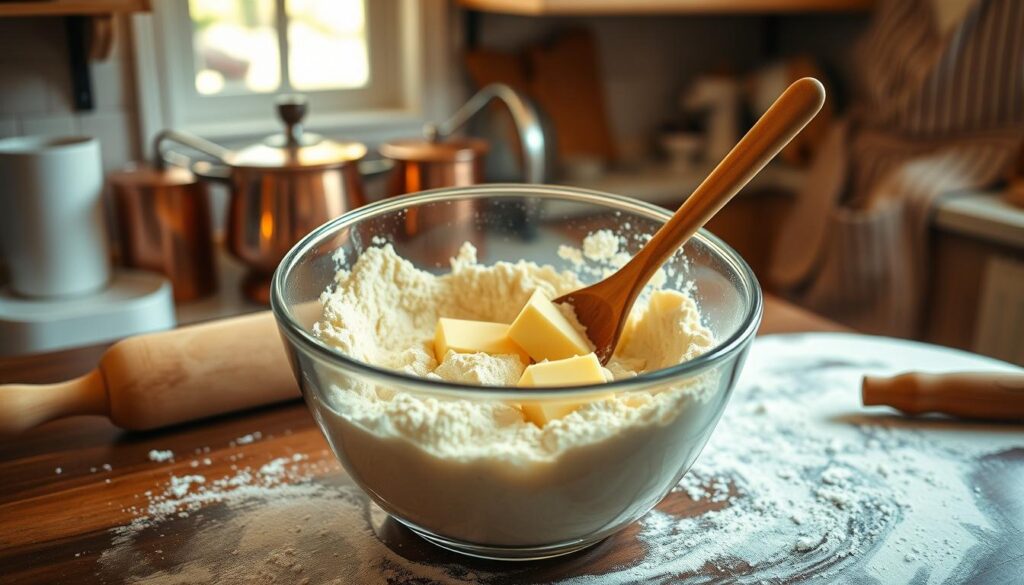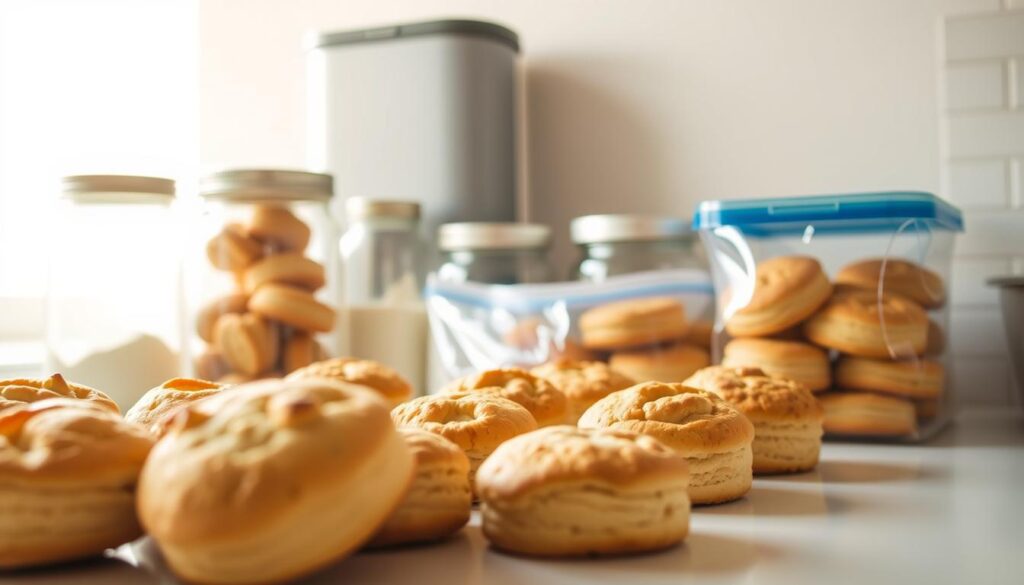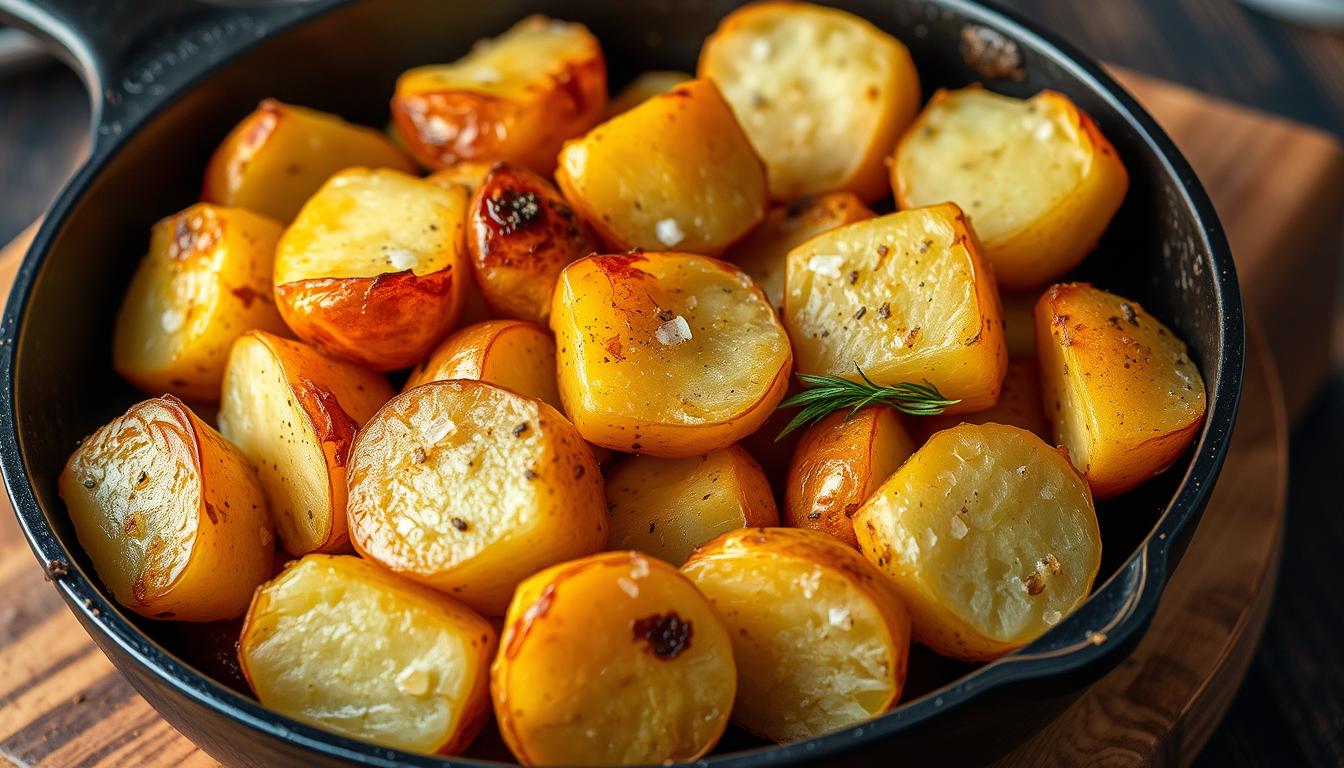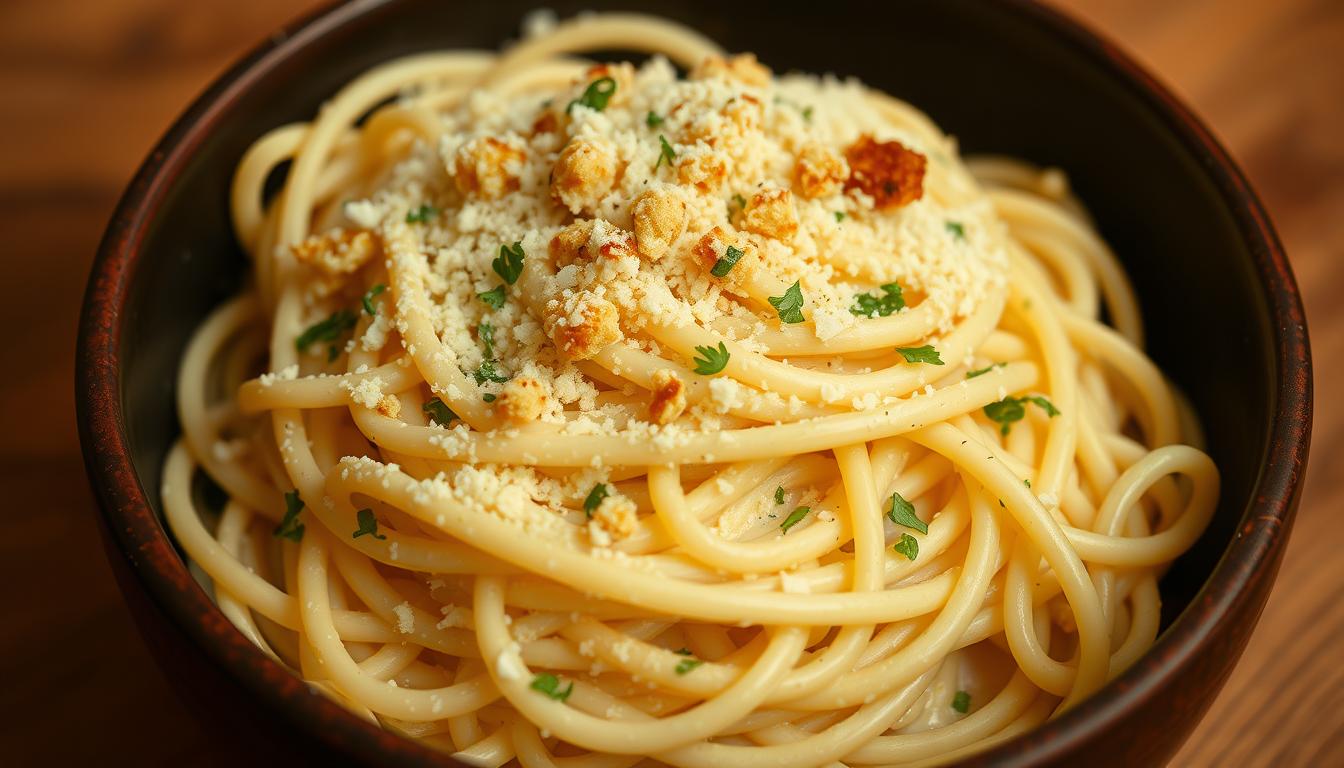There’s something magical about pulling warm, flaky biscuits straight from the oven. Imagine your mornings transformed with a recipe so simple. Even on hectic days, you can have golden-brown perfection ready in under 20 minutes. No complicated steps, no specialty tools—just three pantry staples working together to create a breakfast staple that’s as comforting as a hug.
These homemade biscuits aren’t just quick; they’re designed to be customizable. Whether you’re slathering them with butter and jam or serving them with chili for dinner, they’re perfect. Picture this: your kitchen filled with the scent of butter melting into a dough that rises high and stays tender. This isn’t just a recipe—it’s a shortcut to flavor without compromise.
With ingredients you likely already have, like self-rising flour and heavy cream, you’re moments away from biscuits that rival bakery versions. And the best part? Adjust the mix to suit your cravings, from cheesy breakfast bites to a savory side for any meal.
Table of Contents
Why This 3 Ingredient Biscuit Recipe Will Change Your Breakfast Game
Imagine flaky, cloud-like biscuits without a marathon in the kitchen. This easy biscuit recipe flips traditional methods on their head. With just self-rising flour, cold butter, and buttermilk, you’re looking at a 10-minute hands-on process. No more wrestling with 10-step techniques or tracking down obscure ingredients.
The quick biscuit recipe delivers in 30 minutes total—perfect for hectic mornings or weekend breakfasts.
“Like eating clouds” isn’t just a saying here. The cold butter method creates layers that rise perfectly at 450°F, giving you bakery-quality texture without special tools.
- No creaming, folding, or kneading required
- Ingredients stay fresh in the pantry for last-minute baking
- Each biscuit holds 5g of protein and stays moist for hours
Traditional recipes demand precision timing and room-temperature ingredients, but this method works with pantry staples. Cold ingredients stay cold, and the food processor method cuts mixing time. Even baking novices achieve that signature golden-brown top with 10 minutes in a preheated oven.
When time is short, this recipe transforms boxed mixes into gourmet fare without sacrificing flavor. Your mornings just got a whole lot brighter.
Everything You Need to Know About Your Ingredients
Mastering the ingredients is key to the perfect simple biscuit recipe. Let’s break down each component to ensure your biscuit recipe from scratch turns out light and tender.
Self-Rising Flour: The Secret Shortcut
Self-rising flour combines all-purpose flour, baking powder, and salt in one package. For the fluffiest results, choose White Lily flour, a Southern favorite. If you don’t have it, mix 1 cup all-purpose flour with 1½ tsp baking powder and ¼ tsp salt to create your own. Always sift it to remove lumps.
Choosing the Right Butter
Butter quality makes a difference. Use cold butter (4–5 tbsp) straight from the fridge for flaky layers. Salted butter works fine, but unsalted gives better control over seasoning. Pro tip: grate frozen butter into the flour for maximum lift. For a richer texture, swap in Crisco or lard in equal parts.
Milk Options and Alternatives
Fluid choice affects moisture and tang. Here’s what works:
- Regular milk: Use whole milk for creaminess
- Buttermilk: Mix 1 tbsp lemon juice with 1 cup milk; let sit 5 minutes
- Sour cream/Greek yogurt: Adds tang without buttermilk
In humid climates, dough may stick. Sprinkle an extra tbsp flour if needed. Always chill wet ingredients before mixing to keep the butter cold.
Essential Kitchen Tools for Perfect Biscuits
Making no-fail biscuits doesn’t need fancy tools. You can still make great biscuits with basic items.
| Tool | Alternative Option |
|---|---|
| Pastry cutter | Two forks or food processor |
| Biscuit cutter | Drinking glass or knife |
| Baking sheet | Cast iron skillet |
| Rolling pin | Optional for shaping dough |
A big bowl is great for mixing. Use a pastry cutter or a food processor to mix butter and flour. If you don’t have a pastry cutter, two forks will do the job.
- Biscuit cutters: Use a drinking glass to cut out dough for perfect rounds. Press down straight without twisting to trap steam.
- Baking surfaces: Line a baking sheet with parchment or use a cast iron skillet for even heat.
A wooden spoon mixes wet ingredients, and a spatula cleans bowls. Keep butter cold for flaky layers.
With these tools, any kitchen can make amazing biscuits. You don’t need special items for your no-fail biscuit recipe.
Step-by-Step 3 Ingredient Biscuit Recipe
Make the minimal ingredient biscuit recipe into golden perfection with this easy method. Each step makes baking simple, even for beginners.
Preparing Your Workspace
- Preheat oven to 500°F (check for even heat distribution).
- Line a baking sheet with parchment paper or grease lightly. Gather a mixing bowl, fork, and a pizza cutter or knife.
- Set out cold butter (if using) and ensure flour is measured properly to avoid clumps.
Mixing the Dough
Combine 2 cups self-rising flour, 1 tbsp sugar, and 1.5 cups heavy cream in a bowl. Mix until moist clumps form—stop before overmixing.

Cutting and Shaping
- Pat dough into a 1-inch thick rectangle on a floured surface.
- Use a pizza cutter to slice into squares or circles. Press scraps gently to reroll once.
- Place biscuits ½ inch apart on the pan—edges touching ensures even rising.
Baking to Golden Perfection
Bake at 500°F for 14-16 minutes. Check for edges that are lightly golden. Cool on a rack to keep them tender. Brush tops with melted butter right from the oven for extra flavor.
Follow these steps, and the 3 ingredient biscuit recipe becomes a weeknight staple. No complicated techniques—just science and simplicity.
Customizing Your Homemade Biscuits
Your basic homemade biscuit recipe is a versatile base for endless creativity. Turn your dough into sweet treats or savory bites with simple additions—no extra steps needed. Experiment with these ideas to match any meal or diet.
Sweet Variations
Add sweetness without complicating the process:
- Stir in 1 tsp vanilla extract or lemon zest for citrus flair.
- Mix 1 tbsp honey or cinnamon sugar into the dough before shaping.
- Spread honey butter (softened butter mixed with honey) on warm biscuits.
- Sub with jam or fruit preserves for a fruity twist.
- Use lemon-lime soda instead of milk for a light, airy texture.
Savory Add-Ins
Transform your dough into savory bites with these additions:
- Stir in ½ cup shredded cheddar or Parmesan cheese.
- Blend in 1-2 tbsp fresh herbs like chives or rosemary.
- Add ½ tsp garlic powder or minced garlic for depth.
- Top with crumbled bacon or diced ham before baking.
- Bake in a cast-iron skillet for golden, crispy layers.
Dietary Modifications
Adjust your easy biscuit recipe to suit any diet:
- Swap milk with almond or oat milk for dairy-free options.
- Use gluten-free flour blends with xanthan gum for structure.
- Replace butter with coconut oil or shortening for lighter texture.
- Halve butter and mix with oil to reduce fat content.
Troubleshooting Common Biscuit Mistakes
Even with a no fail biscuit recipe, small steps can go wrong. Here’s how to fix classic errors and achieve perfect flaky layers every time:
| Problem | Solution |
|---|---|
| Flat, dense layers | Chill butter and buttermilk. Preheat oven to 425°F fully before baking. |
| Tough or crumbly texture | Handle dough minimally. Chill dough 10 minutes before cutting. |
| Edges brown but centers stay pale | Rotate the pan halfway through baking. Use an oven thermometer to confirm temperature accuracy. |
| Overly salty taste | Verify self-rising flour’s salt content. Measure baking powder/soda precisely with dry measuring cups. |
| Sticky dough | Gradually add milk—mix until dough barely holds together. Overmixing adds toughness. |
Always use sharp biscuit cutters—dull blades press out moisture, crushing air pockets. For the biscuit recipe from scratch, test flour freshness by checking the « best by » date on self-rising flour. If biscuits spread too much, add a teaspoon of extra flour to stiffen dough slightly. Adjustments like these turn almost any error into a learning moment. With practice, you’ll master this simple yet precise technique.
Serving Suggestions for Your Fresh-Baked Biscuits
Once your simple biscuit recipe is done, the possibilities for pairing are endless. These fluffy creations shine in both classic and inventive ways. They make your quick biscuit recipe a versatile kitchen staple.
Classic Breakfast Pairings
Start mornings right with:
- Warm biscuits slathered in honey butter and orange marmalade
- Breakfast sandwiches layered with scrambled eggs, cheese, and bacon
- Southern-style dishes like sausage gravy or country ham slices
Lunch and Dinner Ideas
Transform your simple biscuit recipe into hearty meals:
- Pair with chili or soup for a comforting bowl meal
- Top with fried chicken and white gravy
- Layer with apple butter and walnuts for a savory-sweet twist
Creating a Biscuit Bar for Gatherings
Showcase your quick biscuit recipe at events with this setup:
| Toppings Station | Pairings Guide |
|---|---|
| Honey butter, chili crisp, whipped cream | Sweet spreads for breakfast or dessert |
| Sausage gravy, cheese, pickled veggies | Savory options for brunch spreads |
| Fruit compotes, caramel | Sweet treats for dessert buffets |
Offer mini containers of toppings and let guests assemble their own. A 12-inch biscuit recipe batch serves 6-8 guests comfortably.
Storing and Reheating Your Quick Biscuits
Keep your minimal ingredient biscuit recipe flaky by storing and reheating wisely. Here’s how to keep your biscuits fresh and tasting like they just came from the bakery:
- Freeze baked biscuits: Cool them down, wrap each in foil, and store in airtight bags for up to 2 months.
- Save unbaked dough: Freeze dough portions on a tray until solid, then put them in labeled bags for 3 months.
- Label containers: Write down the date and what’s inside to keep track of freshness.

- Oven method: Bake frozen biscuits at 350°F for 10-15 minutes to get them crispy again.
- Air fryer: Use the reheat setting for a quick 3-5 minute refresh.
- Cast-iron skillet: Heat for 2-4 minutes, then oven finish at 350°F for 6-8 minutes.
- Microwave warning: Avoid unless necessary—opt for oven methods to prevent rubbery texture.
Reheat portions as needed to enjoy flaky layers every time. Even baked goods from a minimal ingredient biscuit recipe stay convenient when stored properly. For last-minute meals, bake frozen dough directly from the freezer—just add 5 extra minutes to the original baking time.
Conclusion: Simple Ingredients, Spectacular Results
When you need a quick breakfast or a cozy side dish, this easy biscuit recipe is perfect. It uses only three ingredients: self-rising flour, cold butter, and milk. You get homemade biscuits that taste like they came from a bakery.
Using Bob’s Red Mill gluten-free flour or buttermilk adds a special touch. Each biscuit has 180-200 calories. They feel rich but are easy to make.
Getting the right technique is key. Cold ingredients and gentle mixing create layers that melt in your mouth. These homemade biscuits are a blank canvas for your creativity. They’re perfect for busy mornings or weekend meals.
This easy biscuit recipe is both nutritious and versatile. Keep self-rising flour and butter on hand for a warm, golden batch anytime. The flaky layers and buttery smell are proof. They’ll become a favorite in your kitchen. Next time you want comfort food, remember: great meals start with just three ingredients.






